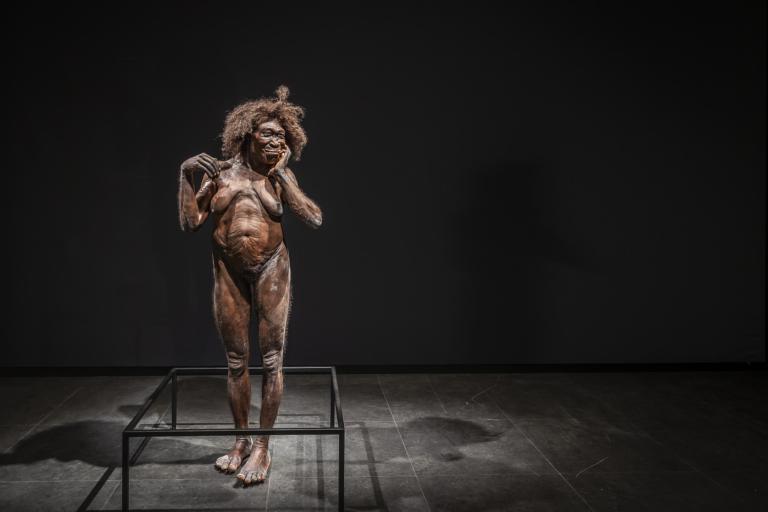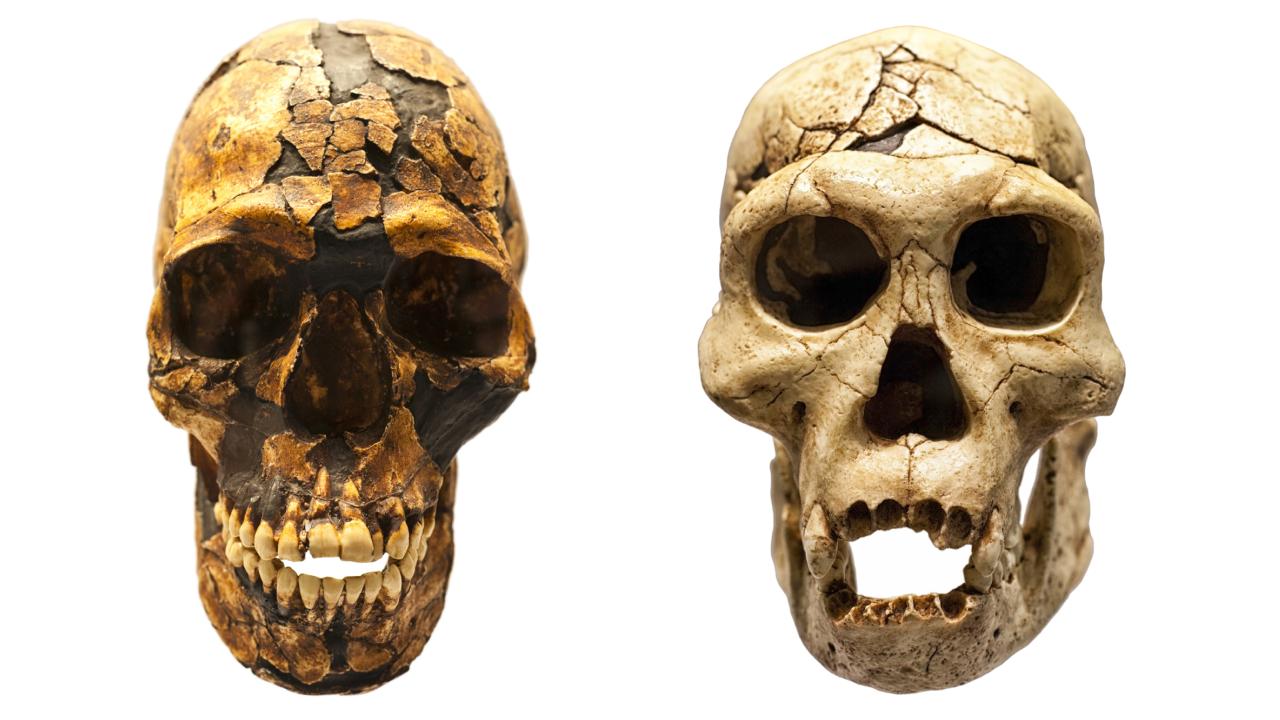
How did man come to be? Naturalis attempts to answer this sweeping question in an original way. Previously, the museum displayed the unique fossils of Homo erectus, one of our earliest ancestors. Now replicas are on display.
Eugène Dubois'discoveries
On September 26, 2025, the Dutch government announced that these fossils will be returned to Indonesia. The highlights from the Early humans gallery were the first to go, and they are already there.
In the Early humans gallery, Dutch physician and researcher Eugène Dubois (1858–1940) invites you along on his mission to find the "missing link" between primates and mankind. He was the first to make such an attempt. The journey will take you to Java, where he found these fossils.

The ideabehind Early humans
Scientifically speaking, the origin of humans remains shrouded in many mysteries. What is certain, at least, is that this debate is now an open conversation. This situation is very different from Eugène Dubois' own time, when his declaration that man was part of nature met with much resistance. His personal search for evidence forms the thread in this gallery. It lets you experience what never giving up means in the quest to find out the truth about something.
The colonial character of this collection will also be given more attention in this hall. Naturalis is also installing information boards explaining the restitution of the molar, femur, and skullcap from Homo erectus, as well as the shell scratched by Homo erectus.
The highlightof Early humans
Apart from the replicas of Homo erectus fossils – a skull cap, a femur and a molar – the main highlight of this gallery is the reconstruction of a prehistoric human. Dutch artists Adrie and Alfons Kennis created this lifelike prehistoric female especially for Naturalis, using Dubois' finds and the latest scientific insights as a guide. She meets your gaze with a shy smile, prompting thoughts of your own distant ancestors.